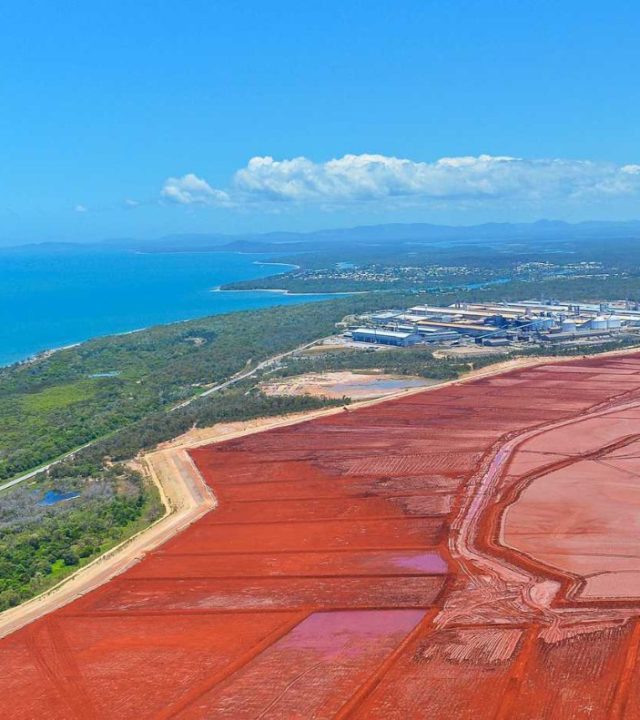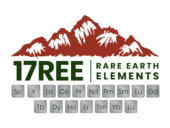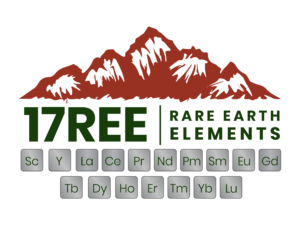Red Mud Processing
50 Million Tons Per year Global Aluminum Production
Global aluminum production reaches 50 million tons per year. The feedstock for this — bauxite, during metallurgical processing which (means the Bayer and sintering) are alumina, and then by electrolysis is aluminum.
When processing bauxite from different deposits by the Bayer method, red slurries are formed, which are removed from the process in the form of pulp and stored in sludge storage. The chemical and mineralogical composition of such slurries is quite complex.
It depends on the composition of the original bauxite, as well as the method and conditions of processing. On 1 ton of alumina produced 0.8- 1.2 tons of red sludge is formed. The chemical composition of Bayer red slurries varies within the following limits.
In Canada and the US are currently no significant industrial capacity of mining of REE’s, the main factor hindering the restoration of the rare earth industry in the US and Canada.

HIGH VALUE ADDED
17REE has developed a technology for the integrated processing of red mud with the production of target valuable products – iron-containing pigments and coagulants, aluminosilicate materials, amorphous silicon dioxide, precipitated calcium carbonate, titanium, zirconium, scandium, and other rare-earth elements.
Innovation
17REE has developed a Net-Zero-waste technology for the integrated processing of red mud with the production of valuable target products – iron-containing pigments and coagulants, aluminosilicate materials, amorphous silicon dioxide, precipitated calcium carbonate, titanium, zirconium, scandium and other Rare Earth Elements (REE’s).
In terms of material composition, red mud can be considered as an independent complex deposit of non-metallic and ore metals. One main advantage over conventional mineral deposits is that it is on the surface and does not require the cost of mining and milling of rock. Reserves of red mud are significant, and they are constantly increasing and red mud dumps are dusted, washed out by precipitation, polluting air, water and soil.
Recycling
Recycling and processing red mud are more cost-effective than storage at red mud dumps. Given the prospective increase in environmental payments and fines for the use of red mud dumps and the deficit of free land in the city near existing facilities that processing aluminum bauxites, the processing of red mud is becoming increasingly more feasible and profitable.
Cost Efficent
In terms of material composition, red mud can be considered as an independent complex deposit of non-metallic and ore metals. One main advantage over conventional mineral deposits is that it is on the surface and does not require the cost of mining and milling of rock. Reserves of red mud are significant, and they are constantly increasing

Business Values
Sustainability Goals
Focused on the Sustainable Development Goals designed to be a “blueprint to achieve a better and more sustainable future for all
Diversity
We leverage the remarkable diversity of people across the world to achieve our purpose of refreshing the world and making a difference.
Leadership
Leading to win, managing for results, and proactively competing and connecting with the external environment.
Economic Development
We focus on providing efficient energy solutions stimulating economic development globally.
Quality
Our Quality Management System uses quality standards to create value for clients
Competitive Edge
Making US independent producer of REE


